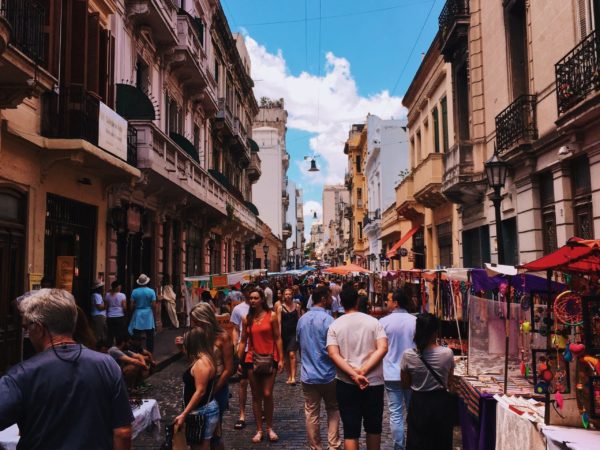Reviewing a translation is an essential step in overcoming any language barrier. During the process, emphasis must not only be placed on stylistic and semantic correctness, but also on copyright. The new version may be wonderful and polished, but it will be useless if it cannot be published. Here you will find the answer to all your questions about translations of copyrighted content. Let’s start?
What is copyrighted content?
The word copyright refers to the legal protection of a work. Being the fruit of the labor, inventiveness and effort of a human being, it is subject to intellectual property. What does this mean? That any product of the mind, of the intellect, is susceptible of being protected by law. Thanks to such protection, a climate of creativity and innovation is fostered in society.
Intellectual property confers exclusive rights over the content in question, especially with regard to dissemination and profit. This is precisely why negotiation between the creator and society is necessary to ensure financial compensation, which copyright is restricted to.
It can cover any kind of content, although these are some of the most common:
- Books, plays, magazine articles and scientific articles, including their adaptation in another language.
- Music, recordings and podcasts.
- Films and shorts.
- Photographs.
- Paintings, drawings, sculptures…
In the case of translatable content, the challenges are huge. Why? Briefly:
- Translating is, in itself, a creative process.
- The author must give their explicit consent for a certain work to be translated.
- The translations must also be protected by authors’ rights, and whoever performed the translations has benefits comparable to those of the original creator.
What rights does copyright cover?
When it’s time to review the translations, you need to be aware of all the types of rights covered by copyright and which are beyond its reach. These three ideas can help clear it up for you:
- Authors’ rights: These concern recognition of the author as the legitimate creator of the work. That’s to say, that you created it and not someone else. In other words, that you’re the legitimate owner of the intellectual property of the painting, book, song… These cover both economic and moral rights.
- Economic rights: These relate to profit linked to the content. They can be gifted, donated, inherited… And they are especially important as far as copyright is concerned. Where the characteristic “©” appears, it is essentially indicating that no money can be made with this content without the author’s approval. Sometimes, depending on the type of creative license, you may not even be able to disseminate it.
- Moral rights: Unlike economic rights, these cannot be given up or gifted. Neither can they be taken by force through expropriation. They are the undeniable bond of procreation between the author and their work, as well as the prerogative to refuse to change it.
What should I bear in mind when translating a work or text with copyright?
When translating copyrighted works, the review of the translation must be particularly thorough. You must look for key signs in it which determine the suitability of the work. Here you will find three of the most important:
- Naturalness of the text: Translating a legal or technical text into another language is not the same as a novel or a poem. In the interim, the writer’s own inventiveness and determination play a role. Because of this, there are specific considerations for copyrighting artistic production. In the case of technical texts, the priority is the specificity of the words.
- The threshold of originality: This can be called the moment when the authorship of a translated work becomes equivalent between the interpreter and the creator. It is especially notorious in the cases of poetry and literature. The creative component of translation is undeniable, which can give rise to authors’ rights protection. In this case, co-authorship of both interveners would be recognized.
- The creator’s consent: The original author must explicitly authorize the handling of their work for translation purposes. Sometimes, such as with the case of the poet Amanda Gorman, the original author can even decide on the candidate’s suitability for the job.
Finally, but no less important, you will have to look at local and international legislation. The Berne Convention governs the handling of intellectual property all over the world, but it’s down to each country to apply it. It’s common for variations to exist, for example, with regard to the lapse of authors’ right or assignment licenses.
Has that cleared things up? Reviewing translations whose original text is protected by copyright is especially important. From the type of text, the handling it receives and the opinion of the original author, each step in the translation process has to be in sync. It’s the only way to make sure that the end result honors the original work.






